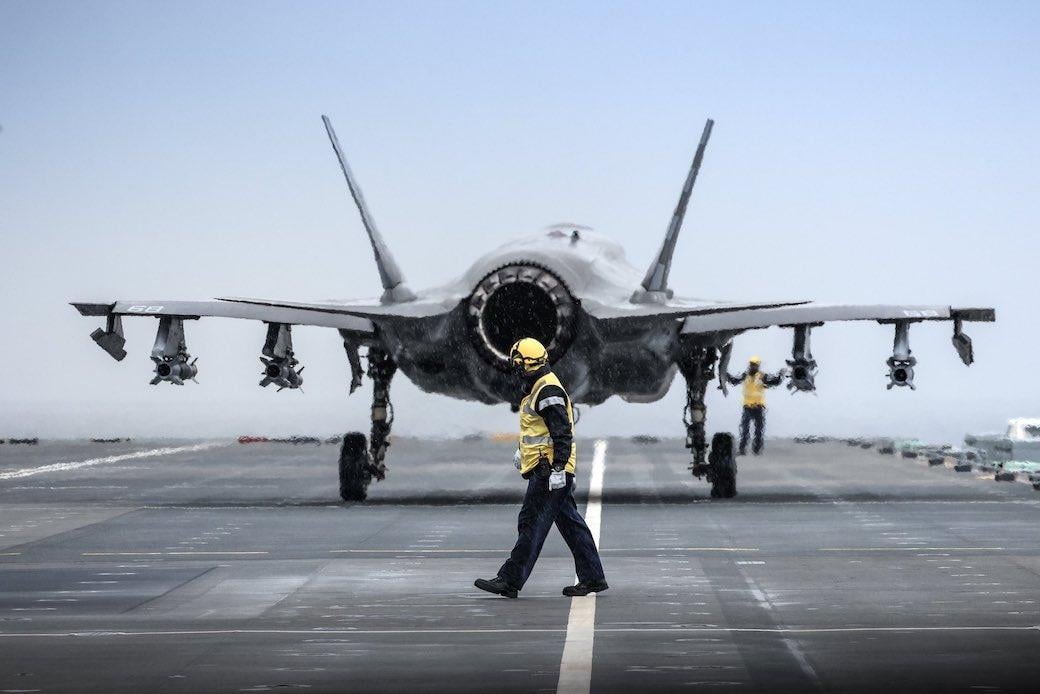
Credit: UK Navy
LONDON— Lockheed Martin F-35 Joint Strike Fighters have made the first Shipborne Rolling Vertical Landings (SRVL) onto the Royal Navy’s Prince of Wales aircraft carrier. In the latest round of developmental tests integrating the combat aircraft with the ship, currently taking place off the Eastern U...
Subscription Required
This content requires a subscription to one of the Aviation Week Intelligence Network (AWIN) bundles.
Schedule a demo today to find out how you can access this content and similar content related to your area of the global aviation industry.
Already an AWIN subscriber? Login
Did you know? Aviation Week has won top honors multiple times in the Jesse H. Neal National Business Journalism Awards, the business-to-business media equivalent of the Pulitzer Prizes.





